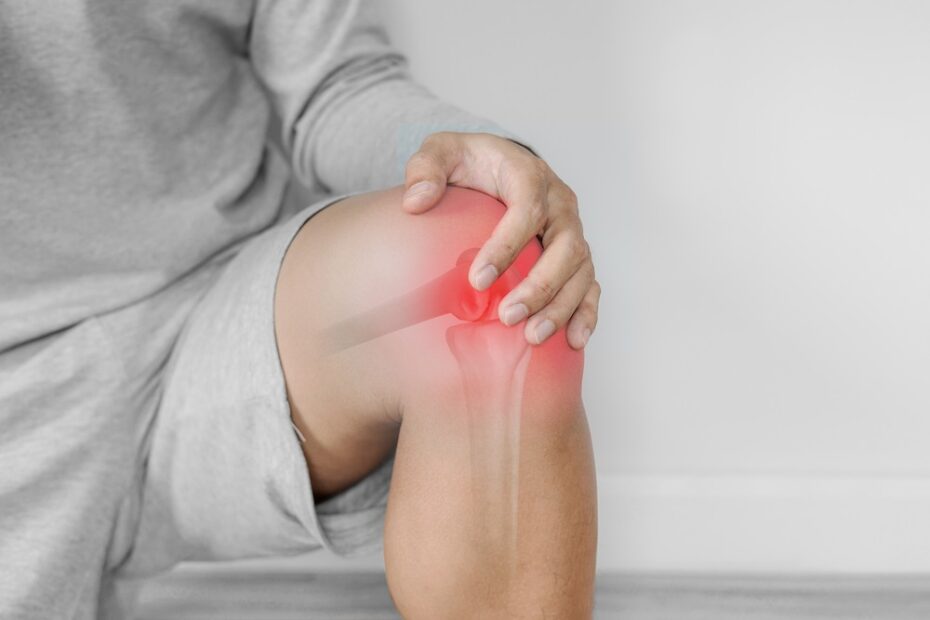Knee Pain Causes
Knee pain can be caused by one or more disorder; these include:
- Torn ligament, tendon or meniscus : It may result in unstable knee, gives way when you try to stand, unable to straighten, may hear a popping sound during injury.
- Patellar Tendinitis(tendinosis) : inflammation of the tendon between the knee cap and the shin often caused by repetitive running or jumping
- Sprains & Strains : Pain after overstretching, overusing or twisting, often during exercise
- Knee Fracture : A fractured or broken knee is a condition where one or more of the knee bones have been broken. These are most commonly those of the Tibia and Femur that usually break due to an accident or a sports injury. This causes ankle pain and swelling that hinders the patient’s ability to walk or perform daily movements or sports involving the knee. Breaking knee bones is diagnosed with an x-ray and requires placing a cast on the knee or surgery.
- Dislocated knee cap : Kneecap changes shape and position after a collision or sudden change in direction or twisting, especially when playing or dancing.
- Knee Arthritis : Knee Arthritis is a general term for a group of more than 100 diseases. When it affects the knee joint it can produce swelling and pain, and may eventually result in deformity, loss of joint function, and decreased ability to walk.
What are the treatments of knee pain?
- Medication : Using anti inflammatory medications which provides varying results from one patient to the other and typically gives short term relief and is ineffective with others.
- Physiotherapy : Performing some physiotherapy exercises with a specialist. This may provide a relief of pain after many sessions. This could be ineffective and some patients do not prefer this type of long course treatment.
- Pain Killers and Exercise : This approach relies on using painkillers combined with stretching exercises and waiting for the pain to improve. This may show an effect within 1 to 6 months.
- Surgical Intervention: When Is Surgery Needed? When osteoarthritis has progressed substantially or failed to improve with non-surgical treatment, surgery may be recommended. In advanced cases, surgery may be the only option. The goal of surgery is to decrease pain and improve function. Some patients resort to surgery to end the severe pain. This approach has varying results according to the cause and severity of the pain and carries the common risks associated with any surgery or undergoing general anesthesia.
- Localized pain management injection with ultrasound guidance (our preferred method of administrating the medication) : This is a modern, advanced, non-surgical treatment technique that relies on injecting specific medication accurately into the area of inflammation under ultrasound guidance. Using an accurate, effective, safe and non-invasive technique, make us achieve better results in terms of pain relief/management. Statistic accuracy rate is about 95-99%.
What is ultrasound guided injection of knee pain?
This technique uses FDA approved medication, which is injected, directly into the pain area under ultrasound guidance. This technique has the following benefits:
Helps the radiologist to accurately identify the inflamed tendon or bursa, which is important to confirm the clinical examination.
Allows the radiologist to accurately localize and effectively administer the medicine to one or more compartments of the painful area “if necessary” resulting in better and faster pain relief.
The patient benefits the most by having the medication in the right spot without pain or complications.
Kindly call us 01277549029 for diagnosis and consultation.
You can contact us for any questions regarding Ultrasound injection treatment for knee pain relief.
